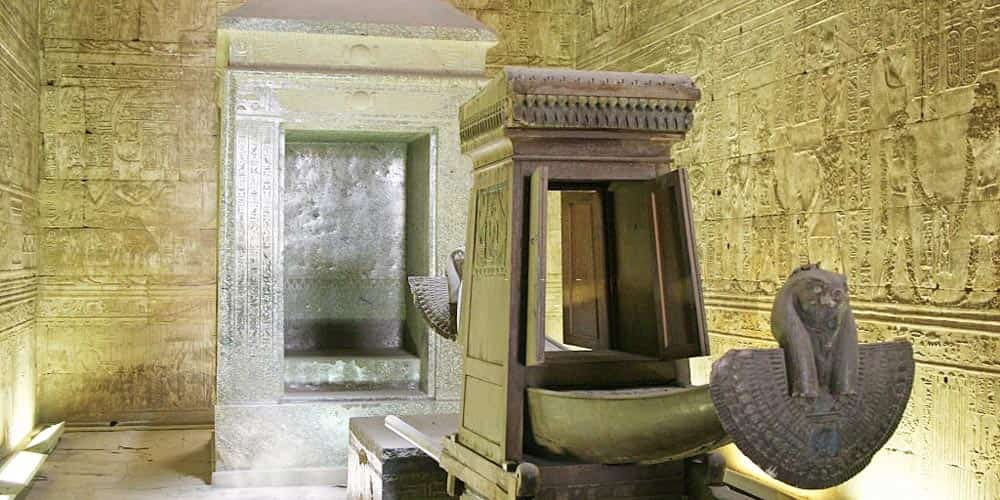Welcome to the mystical journey through Egypt’s rich historical tapestry. In the heart of the Nile Valley lies the Temple of Horus in Edfu, a sacred sanctuary that whispers tales of ancient Egyptian grandeur. As we embark on this virtual expedition, let’s unravel the secrets and significance of one of Egypt’s most well-preserved temples.
Nestled on the west bank of the Nile River, the Temple of Horus stands as a testament to the architectural prowess and religious fervor of the Ptolemaic period. Dedicated to the falcon-headed god, Horus, this awe-inspiring structure is one of the best-preserved temples in Egypt.
The temple is dedicated to Horus, the ancient Egyptian god of the sky, kingship, and war. It’s believed that Horus was the protector of Pharaohs and played a crucial role in Egyptian mythology. The temple is also known as the Temple of Horus the Great or the Temple of Horus at Edfu.
Construction of the temple began during the Ptolemaic dynasty in 237 BC and took around 200 years to complete. The temple’s layout and design are a blend of traditional Egyptian architecture and Hellenistic influences. It’s considered one of the best-preserved ancient temples in Egypt, thanks to its conversion into a church and mosque during Islamic times.
The temple’s facade is decorated with intricate carvings and reliefs depicting scenes from Egyptian mythology, such as Horus defeating his enemies or Pharaohs offering sacrifices to the gods. The interior of the temple is equally impressive, with vast halls, chapels, and chambers filled with colorful murals and hieroglyphics.
One of the most notable features of the Temple of Horus is its astronomical significance. The temple’s orientation is aligned with the sun’s path during the equinoxes, which allows sunlight to illuminate specific areas inside the temple. This phenomenon was likely intended to symbolize Horus’ connection to the sun and his role as a celestial deity.
The temple also houses several unique artifacts, including a granite statue of Horus that weighs over 700 kg and stands over 3 meters tall. The statue is considered one of the largest and most impressive sculptures in ancient Egypt.
Visitors to the Temple of Horus can also explore its surrounding area, which includes a museum showcasing artifacts discovered during excavations at the site. The museum features mummies, pottery, and other ancient Egyptian treasures that provide insight into daily life during this period.
As we conclude our exploration of the Temple of Horus in Edfu, it’s evident that this sacred sanctuary transcends the bounds of time, inviting modern-day travelers to connect with Egypt’s ancient past. The echoes of rituals, the grandeur of architecture, and the timeless tales etched in stone make the Temple of Horus a must-visit destination on your Egyptian adventure with Top Ten Egypt Tours. Join us as we continue our journey, unlocking the mysteries of Egypt, one sacred site at a time.



Comment (0)